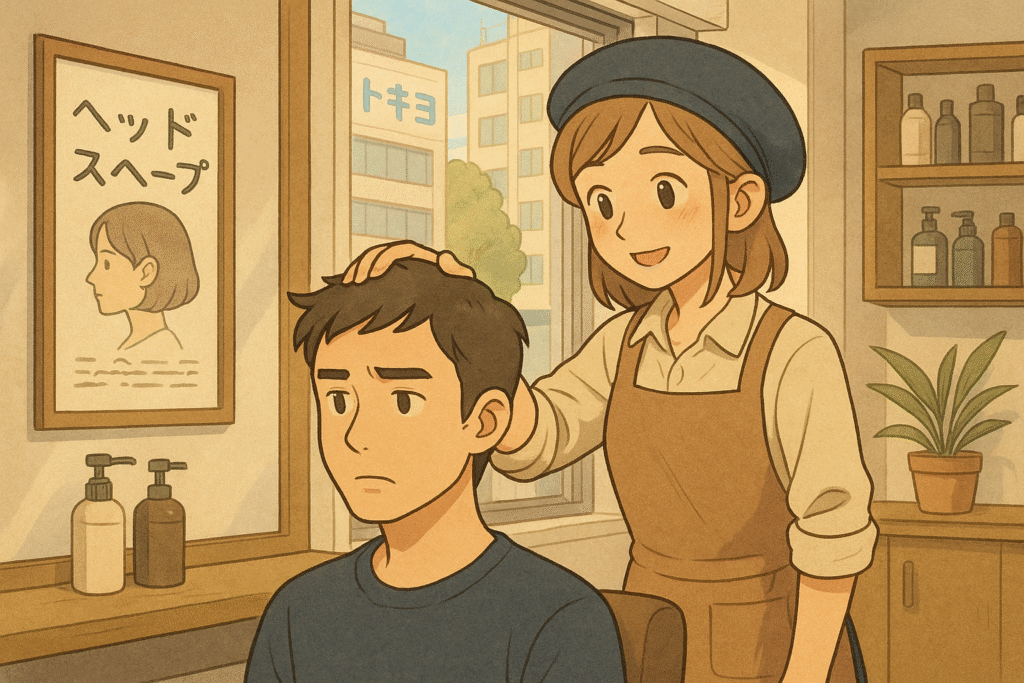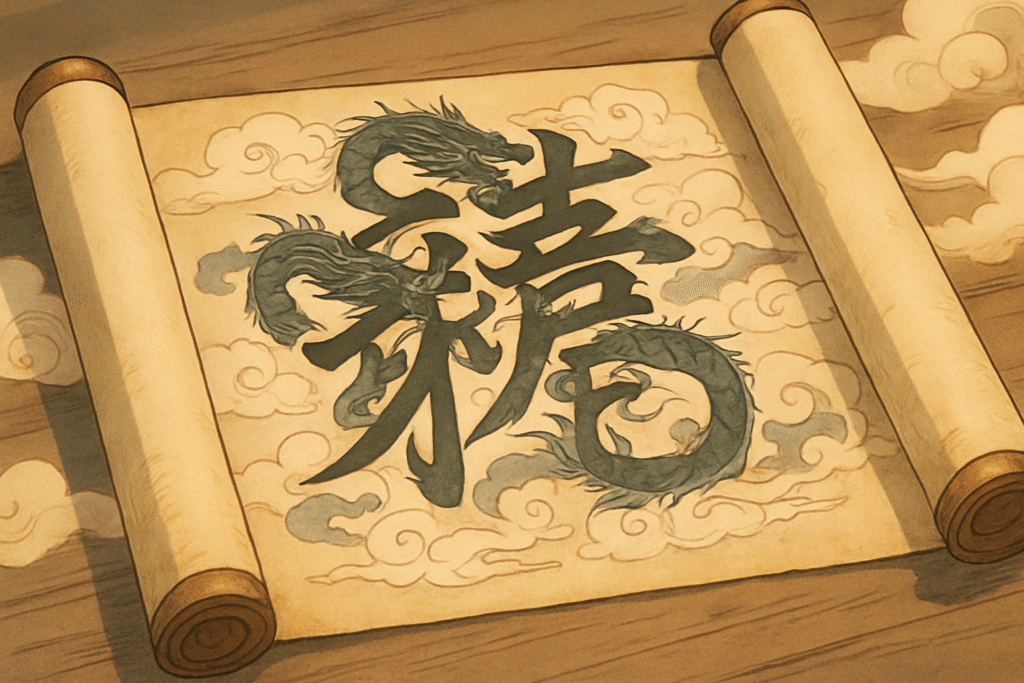Have you ever wondered what your favorite anime character means when they cheerfully say “konnichiwa” to everyone they meet? Picture yourself stepping off the plane in Tokyo, and locals greet you with warm smiles and a phrase that sounds like “kon-nee-chee-wah.” Understanding こんにちは in English is your gateway to authentic Japanese communication and cultural connection.
こんにちは in English means “good afternoon” or “hello,” and it’s one of the most essential greetings every Japanese learner should master. Whether you’re planning your first trip to Japan, studying for the JLPT N5, or simply curious about Japanese culture, this comprehensive guide will transform you from a confused beginner into a confident communicator.
What Does こんにちは Mean in English?
こんにちは in English translates to “good afternoon” or “hello,” but this simple translation barely scratches the surface of its cultural significance. The word konnichiwa (pronounced kon-nee-chee-wah) literally means “this day” and represents a shortened form of a longer greeting that once asked about someone’s well-being during the day.
The Cultural Depth Behind こんにちは
Unlike English greetings that remain relatively static, Japanese greetings like こんにちは in English carry deep cultural weight. When someone says konnichiwa, they’re not just acknowledging your presence—they’re showing respect, maintaining social harmony, and following centuries-old traditions of Japanese politeness.
When to Use こんにちは: Perfect Timing for Every Situation
Time-Based Usage Rules
Understanding こんにちは in English requires knowing exactly when to use it:
Late Morning to Afternoon (10 AM – 6 PM)
- Perfect for business meetings
- Ideal for casual encounters
- Appropriate for both formal and informal settings
Sample Sentences:
- こんにちは、田中さん。(Konnichiwa, Tanaka-san.) – “Good afternoon, Mr. Tanaka.”
- こんにちは!元気ですか?(Konnichiwa! Genki desu ka?) – “Hello! How are you?”
Situational Context for こんにちは
Business Settings: When entering an office or meeting room, こんにちは in English demonstrates professionalism and cultural awareness. It’s more formal than “hi” but less rigid than “good afternoon.”
Casual Encounters: Meeting friends, neighbors, or acquaintances during the day calls for a cheerful konnichiwa. The tone can be warm and friendly while maintaining appropriate respect.
Beyond Basic Translation: Mastering こんにちは Usage
Pronunciation Perfection
Breaking down こんにちは in English phonetically:
- こ (ko) – like “co” in “coat”
- ん (n) – a soft nasal sound
- に (ni) – like “knee”
- ち (chi) – like “chee” in “cheese”
- は (wa) – pronounced “wa,” not “ha”
Want to explore Japan’s culture?
Discover Japan’s rich culture, traditions, and hidden gems with our expertly crafted guides. Get insider tips on travel, food, and history. All for free!
Common Mistakes to Avoid
Many learners struggle with こんにちは in English because they:
- Use it too early in the morning (use おはよう instead)
- Use it too late in the evening (use こんばんは instead)
- Mispronounce the final は as “ha” instead of “wa”
Expanding Your Japanese Greeting Vocabulary
Morning Greetings
- おはよう (Ohayou) – “Good morning” (casual)
- おはようございます (Ohayou gozaimasu) – “Good morning” (polite)
Evening Greetings
- こんばんは (Konbanwa) – “Good evening”
Context-Specific Alternatives
Just like understanding こんにちは in English opens doors to Japanese culture, learning other greetings like daijoubu helps you navigate various social situations with confidence.
Cultural Nuances and Etiquette
Bowing and こんにちは
When saying こんにちは in English, Japanese people typically accompany it with a slight bow. This isn’t just politeness—it’s a physical manifestation of respect and social hierarchy awareness.
Regional Variations
While こんにちは in English remains consistent across Japan, regional dialects might add local flavor. In Kansai, you might hear more animated delivery, while Tokyo speakers tend toward more reserved pronunciation.
Practical Learning Tips for Mastering こんにちは
Daily Practice Strategies
- Mirror Practice: Say こんにちは in English to yourself while bowing slightly
- Timing Drills: Set phone reminders for appropriate konnichiwa hours
- Cultural Immersion: Watch Japanese shows and notice when characters use different greetings
Integration with JLPT N5 Studies
Understanding こんにちは in English is fundamental for JLPT N5 success. For comprehensive preparation covering all essential greetings, vocabulary, and grammar points, consider our JLPT N5 Study Guide that provides structured learning paths for exam success.
Real-World Applications and Examples
Business Scenarios
Situation: Entering a meeting room at 2 PM Japanese: こんにちは。よろしくお願いします。 Romaji: Konnichiwa. Yoroshiku onegaishimasu. English: “Good afternoon. Please treat me favorably.”
Casual Situations
Situation: Meeting a neighbor while walking Japanese: こんにちは!いい天気ですね。 Romaji: Konnichiwa! Ii tenki desu ne. English: “Hello! Nice weather, isn’t it?”
Frequently Asked Questions
Q: What does こんにちは mean in English? A: こんにちは in English means “good afternoon” or “hello,” used from late morning through early evening.
Q: When should I use こんにちは instead of other greetings? A: Use こんにちは between approximately 10 AM and 6 PM for both formal and casual situations.
Q: Is こんにちは formal or casual? A: こんにちは works in both formal and casual contexts, making it incredibly versatile for learners.
Q: How do I pronounce こんにちは correctly? A: Pronounce it as “kon-nee-chee-wah,” with the final は pronounced as “wa.”
Q: Can I use こんにちは with strangers? A: Yes, こんにちは is appropriate for greeting strangers during afternoon hours.
Conclusion: Your Journey with こんにちは Begins Now
Mastering こんにちは in English is more than learning a simple translation—it’s your first step into the rich world of Japanese communication. This essential greeting opens doors to meaningful connections, cultural understanding, and authentic interactions with Japanese speakers.
Remember, こんにちは in English means “good afternoon” or “hello,” but its true power lies in the respect, warmth, and cultural awareness it conveys. Whether you’re greeting colleagues in a Tokyo office, meeting new friends in Kyoto, or simply practicing your Japanese skills, konnichiwa serves as your reliable companion for afternoon encounters.
Start incorporating こんにちは in English into your daily Japanese practice today, and watch as this simple greeting transforms your language learning journey from basic vocabulary memorization into meaningful cultural connection.
Love Japan? Stay in the Loop!
Get the best of Japan straight to your inbox: language, culture & travel insights!




